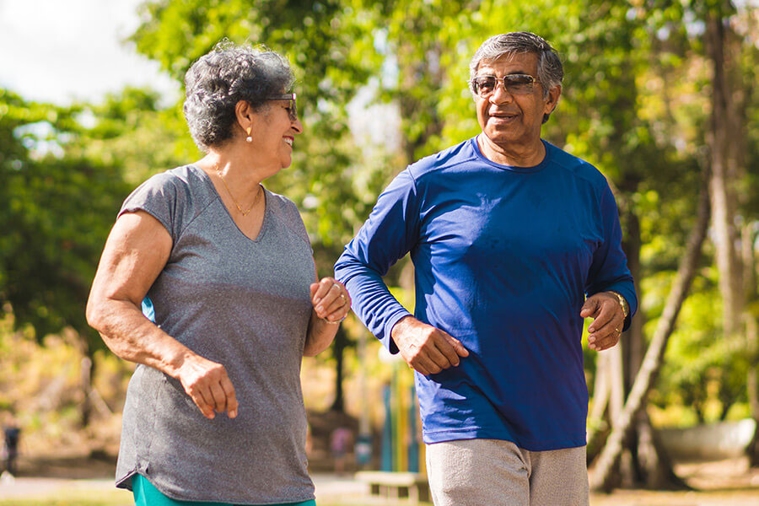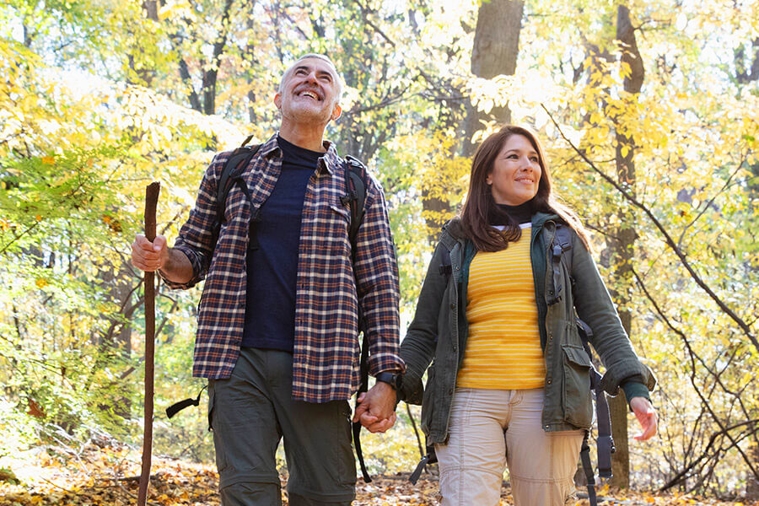
Holding on to positive habits developed during COVID-19
The coronavirus pandemic has certainly been stressful. From fear and concern to uncertainty about how to transition safely back into our routines, COVID-19 has stirred up a lot of emotions. Still, as we re-emerge from a few months of stay-at-home orders, we may be able to find some silver linings.
How long does it take for habits to form?
Experts say it takes a little over two months to create new habits. For most of us, some form of social distancing or sheltering in place began in mid-March. This means that you’ve had three to four months to solidify new behaviors. What positive habits have you cultivated? And, perhaps more importantly, how can you maintain these new routines post-pandemic?
Keep healthy eating habits
When stay-at-home orders first began rolling out, disinfectant wipes, hand sanitizer and toilet paper flew off the shelves. But when pandemic rules persisted, stores began seeing a shortage of different products: baking and cooking ingredients. As people spent more time at home, one flour company saw an increase in sales of 2,000 percent!
While you may not have the time anymore to perfect your sourdough starter, consider how you can keep making food at home. Many people turned to the kitchen for stress relief, but found an added benefit of eating more meals at home.
Not only is eating in usually healthier, but most people also experience significant money savings. Consider how you can keep this positive pandemic habit going; even if every night isn’t feasible, maybe you can incorporate cooking two to three days per week. When you do want a break from cooking, considering ordering take-out from a local or family-owned restaurant in your community.
Exercise more intentionally
As we’ve transitioned into spring—and now summer—under new circumstances, many of us have moved our workouts outdoors. Whether or not you exercised regularly before the pandemic, there are many benefits of a daily walk around the neighborhood.
Besides boosting endorphins and cardiovascular health, exercising outside can also give you your daily dose of vitamin D. As more public spaces re-open, try a new hiking trail or park for a change of scenery.
Prioritize family time
While none of us asked to suddenly work from home or instantly become homeschool teachers, for many of us, these new conditions led to a hidden benefit of more family time. Now that you’re going back to work in an office setting, consider how you can prioritize your work/life balance.
Instead of watching TV in the evenings, consider finding activities to do as a family, such as working on a puzzle or going for a walk. Reserve one night a week for your family to prepare a meal together. Give each family member a specific task in the kitchen and then sit down and eat at the table while sharing about your day.
Keep washing those hands—correctly!
Even though we all know to wash our hands before preparing food or after using the bathroom, COVID-19 has highlighted how much more we should be doing in terms of hand hygiene. Making sure we wash our hands for the full 20 seconds when we get home from running errands and using hand sanitizer while we’re out and about are two healthy habits to hang onto—into flu season this fall, and beyond.
Continuing to use cart wipes at the grocery store or carrying disinfectant wipes with us are two great ways to keep germs at bay.
Seek mental health resources
Coronavirus has brought up a lot of stress and anxiety. In response, the internet has exploded with resources to support your mental health, from free meditations to online therapy options. As we slowly transition back to some of our previous routines, don’t let your mental health become an afterthought.
Continue seeking out ways to lower stress and anxiety and prioritize conversations about mental wellbeing. For many people, the effects of the pandemic, whether it’s loss of income or continued fear for loved ones, will be long-lasting. Mental health resources continue to be crucial as we navigate this “new normal.”



